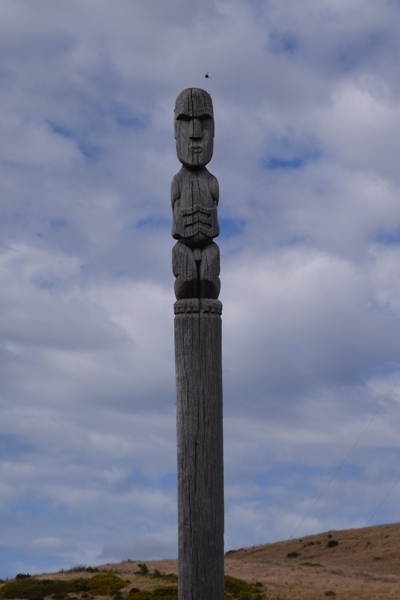Haere mai, welcome to Whitireia Park
location_on Location Tītahi Bay, Porirua
Get off the beaten track and free-roam on foot, bike or hoof. There are 180 hectares of open space and pockets of native bush.
Opening hours
Parks are always open to foot traffic. Thornley St vehicle gates are open 8am - 6pm from 1 April to 30 Sept, and 6am - 9pm from 1 Oct to 31 March.
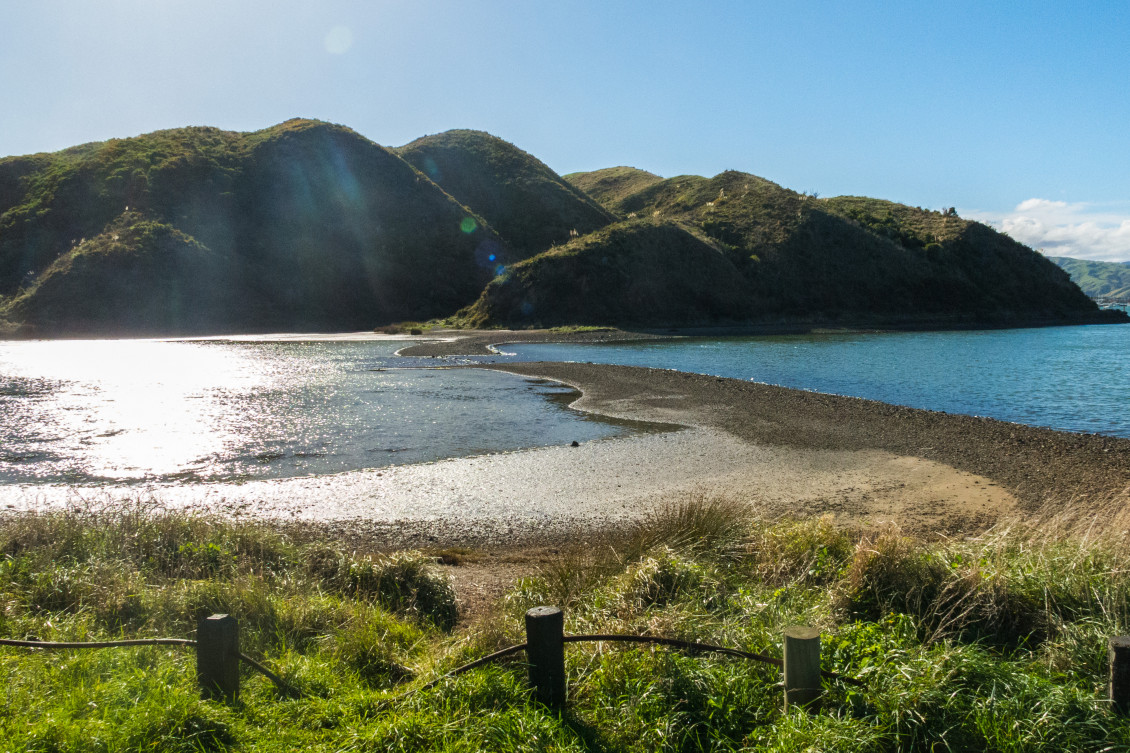
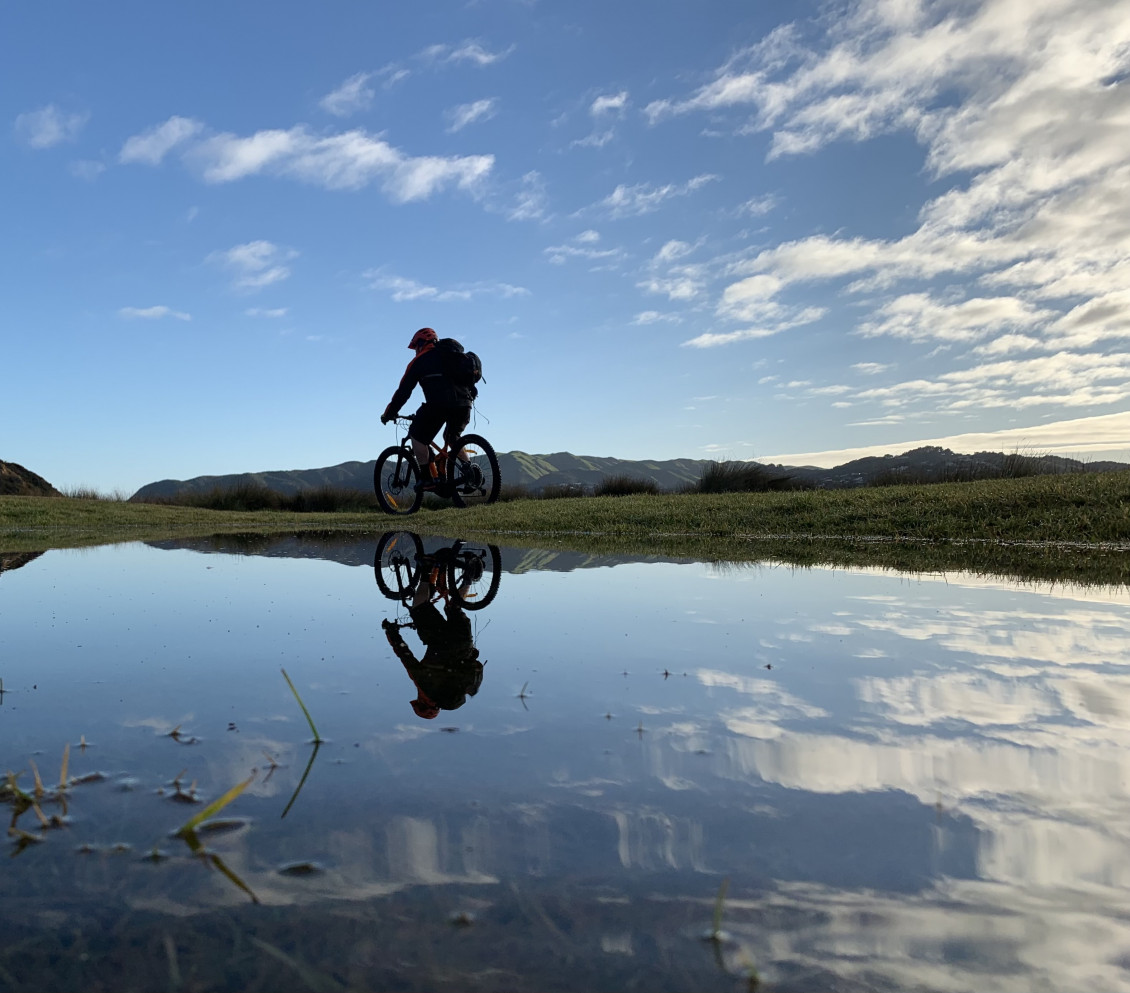
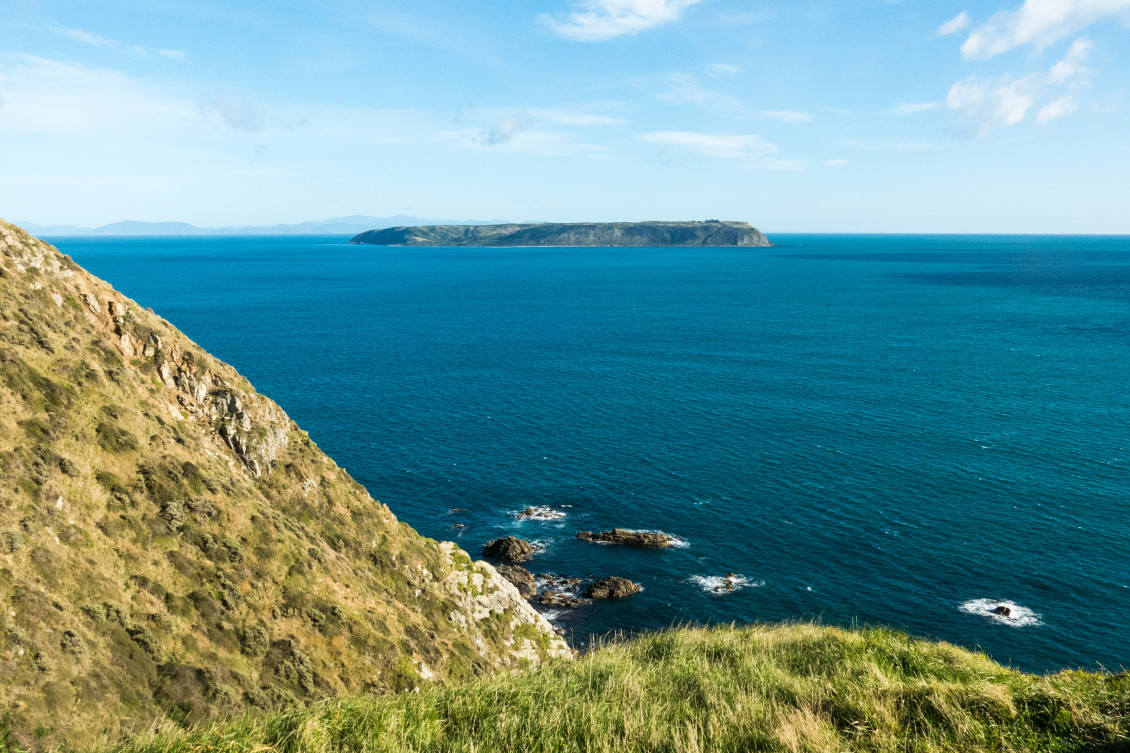
Activities
Description
From the headland there are views of Mana Island on one side, the Porirua Harbour on the other.
Follow the Te Onepoto Loop track to Onehunga Beach and see where Kupe's anchor stone is believed to have lain for centuries. The stone is now housed at the Museum of New Zealand Te Papa Tongarewa, New Zealand's national museum.
If walking isn't your thing, spend a day swimming, rock climbing or diving and fishing. Go mountain biking, ride your horse, or even kite surf.
Know before you go
- Dogs are welcome but must be under control at all times and kept on a lead in Onehunga Bay
- Bring portable gas BBQ's only. Open fires, including charcoal BBQ's are strictly not permitted
- Drive on the roads. No off-road driving allowed
- There is limited shade in the park and it is very exposed to the wind - take sun protection and a jacket on cooler days
- Fires and fireworks are not permitted in this park
Download the park brochure
Whitireia Park Brochure
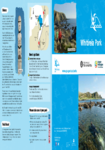
Whitireia Park is a headland with commanding views over Mana Island and Porirua Harbour. The park comprises around 180 hectares of coastal cliffs and beaches, open grasslands, streams, wetlands and… Read more here

date_range Published 09 Dec 2022
Download now (PDF 2.3 MB) get_app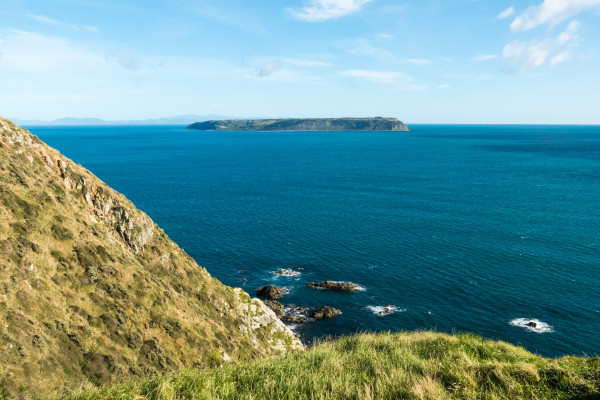
Getting there
By public transport
Take a No 220 bus from Porirua Station to the terminus at Onepoto Road. Head to Metlink to plan your journey:
By bike
Plan your route with the Kāpiti, Porirua, Tawa cycle map.
Kāpiti, Porirua and Tawa Cycle Map 2023 | Ko te Mahere Pahikara o Kāpiti, o Porirua, o Tawa 2023
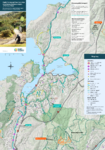
Bike network of the Greater Wellington region - Ko ngā ara Pahikara o Pōneke Nui Tonu
Corrections:
Please note current printed version is missing Porirua Green Bike Trust, located at:
Trash Palace
20 Broken…
Read more here

date_range Published 30 Jan 2023
Download now (PDF 18 MB) get_appBy car
The main entrance to the park is via Whitireia Rd Titahi Bay.
- Turn off State Highway 1 at Porirua and follow Titahi Bay Road, to the end of Main Road, turn right into Bay Drive and then left into Thornley Street. Thornley St turns into Transmitter St then turn left into Whitireia Road to enter the park.
The Onepoto Bay entrance of the park gives easy access to the start of the coastal and inland walkways branches of the Onepoto loop track.
- Turn right off Titahi Bay Road onto Onepoto Road and park in the car park.
Please be aware of narrow roads within the park, be courteous to other vehicles and pedestrians. Observe the speed limit at all times.
Park Plan
Unlike our other parks, Whitireia is run by a Park Board and has its own Parks Plan. Read the plan here.
Get in touch
- Phone:
- 0800496734
- Email:
- info@gw.govt.nz

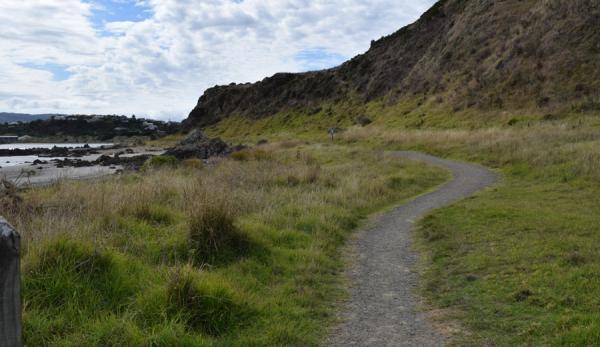
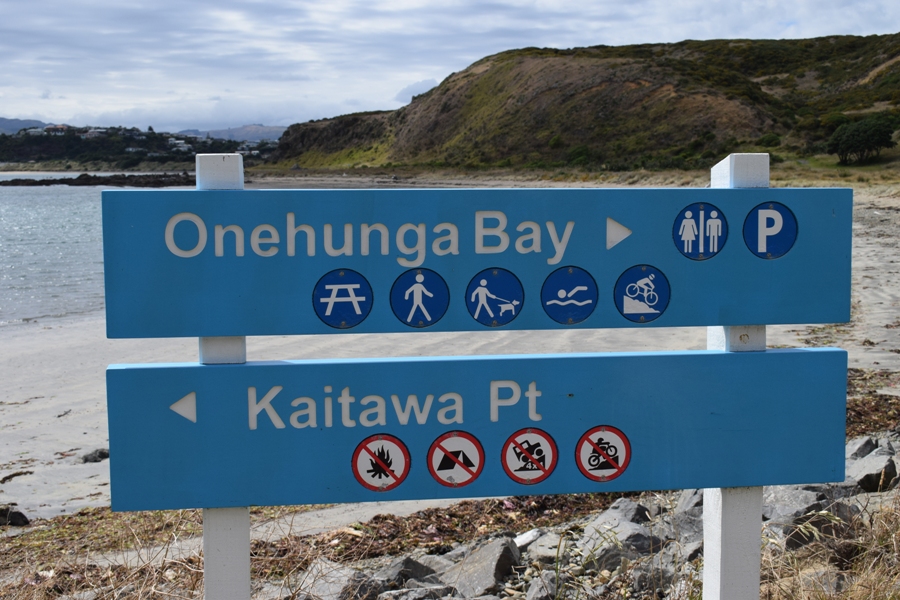
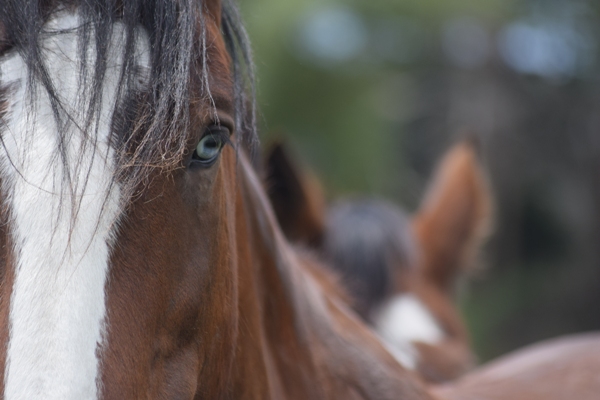 If you're looking for a place to roam wide-open spaces on horseback, leaving the tracks behind, then Whitireia is the place for you.
If you're looking for a place to roam wide-open spaces on horseback, leaving the tracks behind, then Whitireia is the place for you.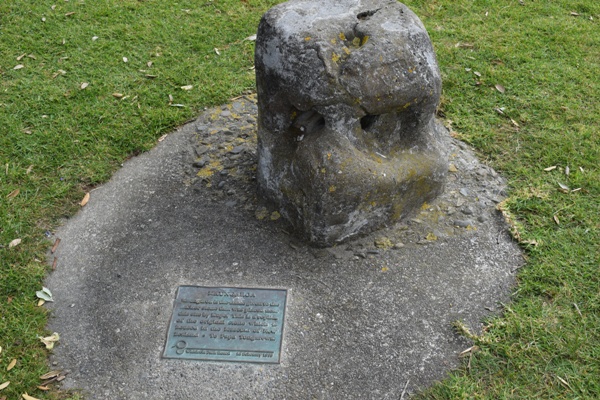 EARLY MĀORI
EARLY MĀORI 